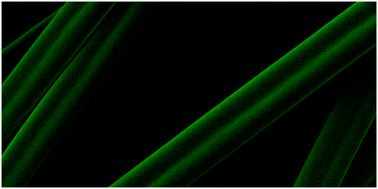Electrospinning for healthcare: recent advancements
Abstract
Electrospinning is a simple route to generate polymer-based fibres with diameters on the nano- to micron-scale. It has been very widely explored in biomedical science for applications including drug delivery systems, diagnostic imaging, theranostics, and tissue engineering. This extensive literature reveals that a diverse range of functional components including small molecule drugs, biologics, and nanoparticles can be incorporated into electrospun fibres, and it is possible to prepare materials with complex compartmentalised architectures. This perspective article briefly introduces the electrospinning technique before considering its potential applications in biomedicine. Particular attention is paid to the translation of electrospinning to the clinic, including the need to produce materials at large scale and the requirement to do so under Good Manufacturing Practice conditions. We finish with a summary of the key current challenges and future perspectives.

- This article is part of the themed collection: 2021 Journal of Materials Chemistry B most popular articles


 Please wait while we load your content...
Please wait while we load your content...